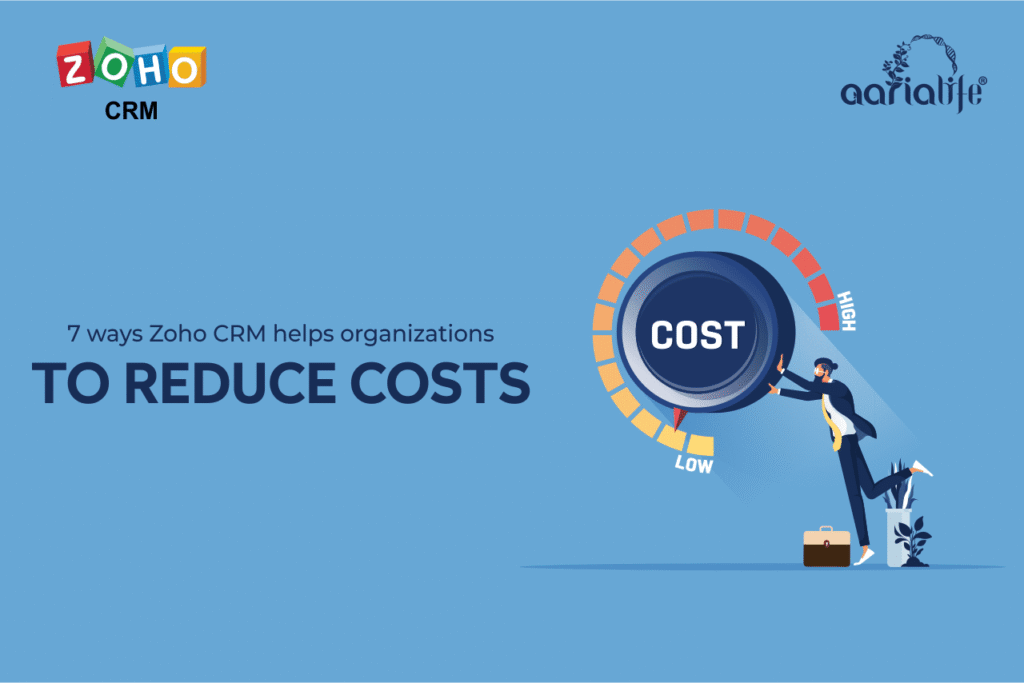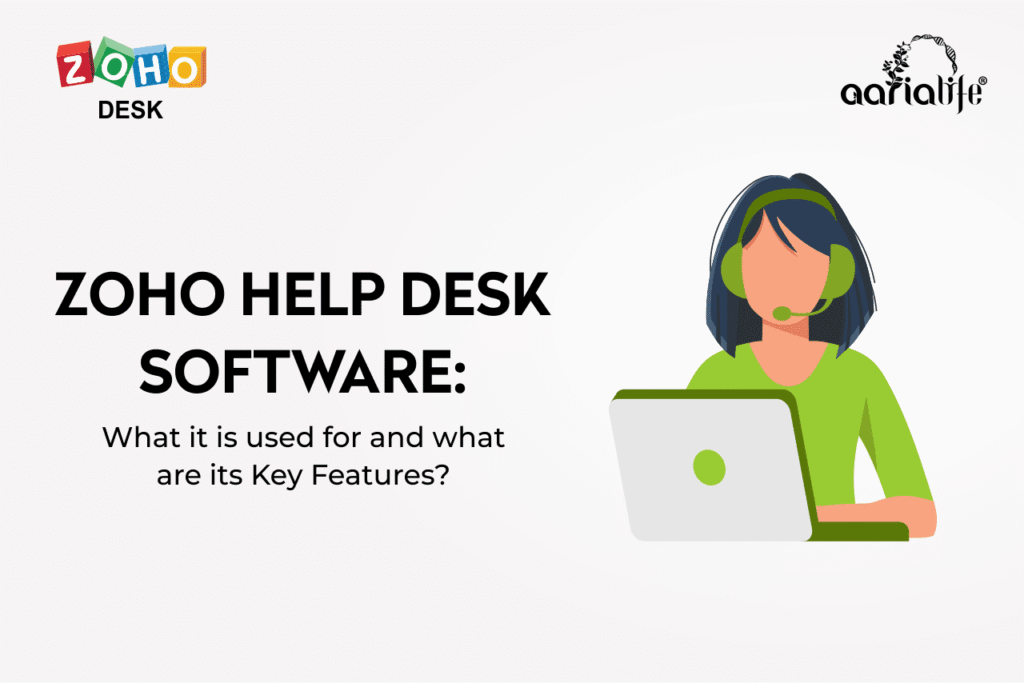Change management has never been given importance as much as it deserves. One of the biggest mistake I have seen while NetSuite ERP gets implemented is not realizing the need for Organizational Change Management. I have heard project leaders say “The functionalities were implemented as they were expected but users had a resistance to use the system”.

Some key decision-makers might consider change management to be an unnecessary expense and believe they would be able to simply tell employees to use the newly implemented NetSuite ERP and the employees would use it without resistance. What is not realized is that there is a change in the way the employees would perform their day-to-day activities. There would be changes in the business processes and job responsibilities for most of the end-users who would be using the system. These issues grow exponentially if your organization is based in multiple locations with different cultures and time zones.
Organizational change management for companies implementing NetSuite is needed for a reason
- By nature, people don’t embrace change. So it is important that the features and benefits of NetSuite are well communicated to the end-users.
- A new system like NetSuite changes the way people perform their day-to-day activities. Keep them educated and train them on how NetSuite is helping them achieve better efficiency.
- People want to understand why this change? why a new business system like NetSuite? Show them the larger picture. Tell them how this will help the organization grow.
If you need to be really effective with change management, below are few points you must consider.
1. Get Buy-In from your leadership team
It is Important that every person from your leadership team buys into the idea of implementing NetSuite. If you are a global company get Buy-in form the regional leadership as well. This will ensure that the message if implementing a new ERP system is percolated in a positive manner in all the regional offices.
2. Engage with users to convey benefits
While the system goes live, the end users must be ready to adapt to the newly implemented NetSuite system. It adds to your organizational benefit to start small sessions of education and enablement right from the time the implementation starts. Although doing so is a sizable cost while we talk of global organizations, it is the most important factor to be considered while change management is done. The best way to engage is to divide the users into groups depending on what role they would be playing. Typically users can be divided into four types.
1. Leadership Team
Team which gives direction while NetSuite gets implemented.
2. Subject Matter Expert(SME)
These are people who are process owners in your organization.
3. System Administrators
These are users who would work closely while the system is getting configured. They would be the ones who would have greater technical knowledge of the system and would work towards maintenance and administration of the system.
4. End Users
These are the users who would be using NetSuite at the end of the day.
The agenda at the end of the day should be to communicate how the system would benefit each group of users.
3. Training the End Users
Training the end users on how to use NetSuite is as important as getting the system configured correctly. You might have the best of the team configure the best of the features in NetSuite, if end users do not understand how to use it, you are destined to see a failed implementation. The best way to train the End users is to have a hands-on session. Try to use a sandbox and simulate day-to-day business scenarios for the end-users. This will give confidence to them while they use the system in a live environment.
It is also worthwhile to regularly conduct session and workshops for end users(At least once a year) considering NetSuite does 2 major upgrades a year and there might be many new features which will help the end-user to either uses NetSuite in a better fashion or sometimes even increase productivity. To conclude, the mantra for change management should be to get Buy-in, engage and train.



